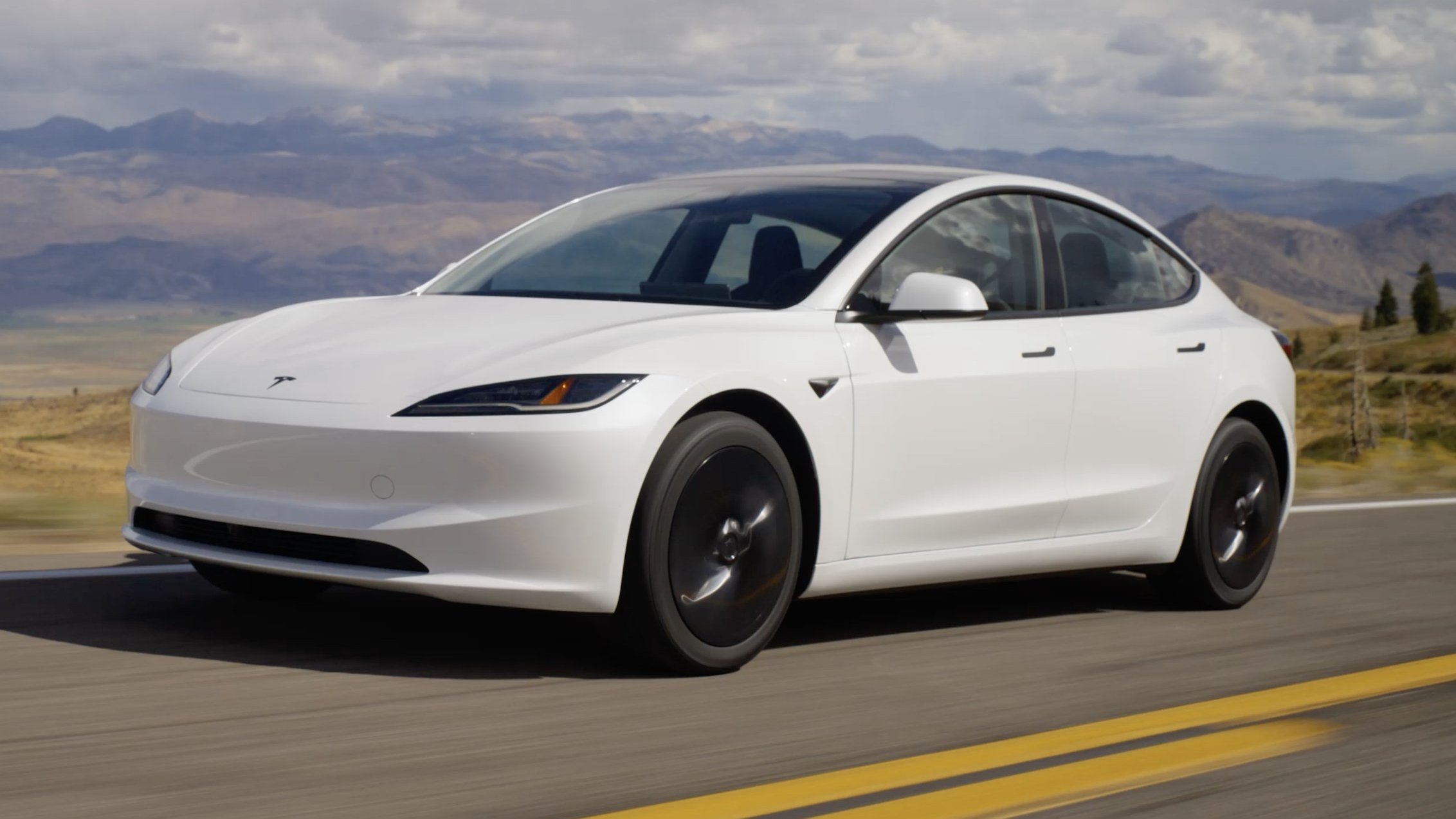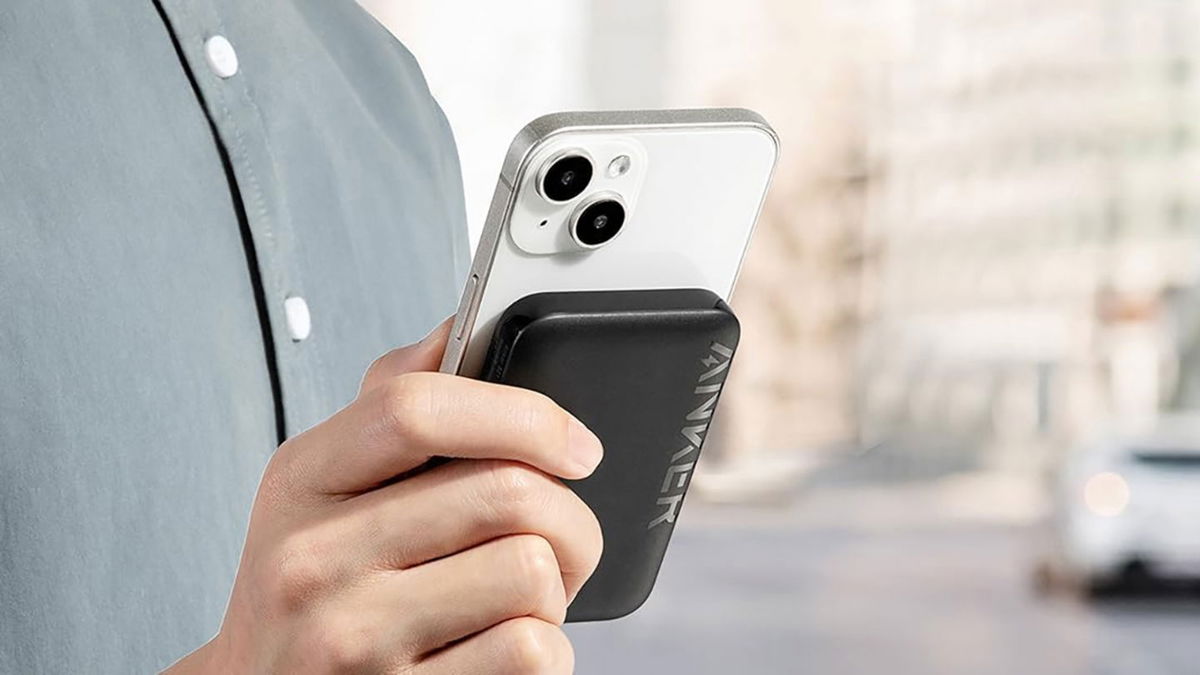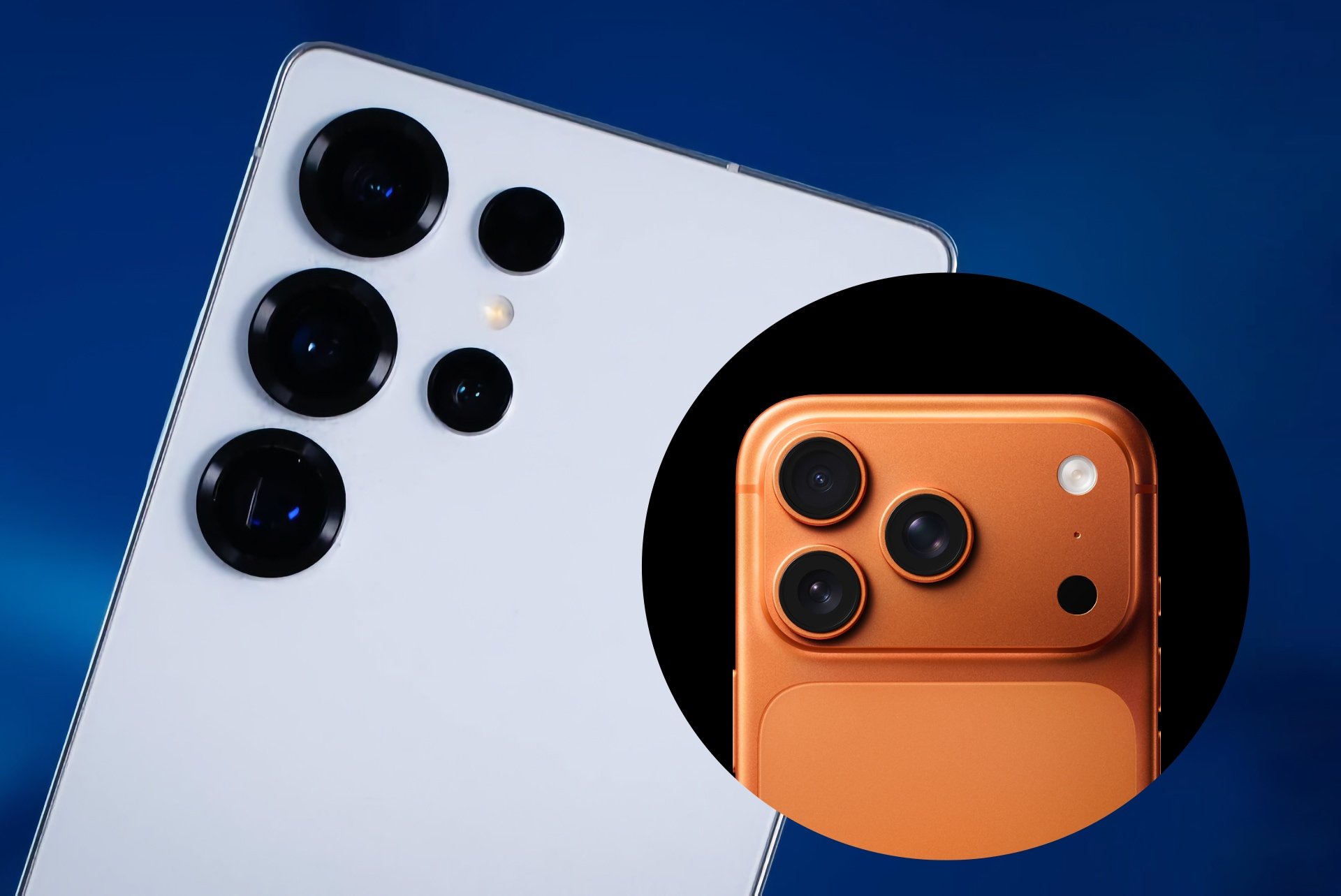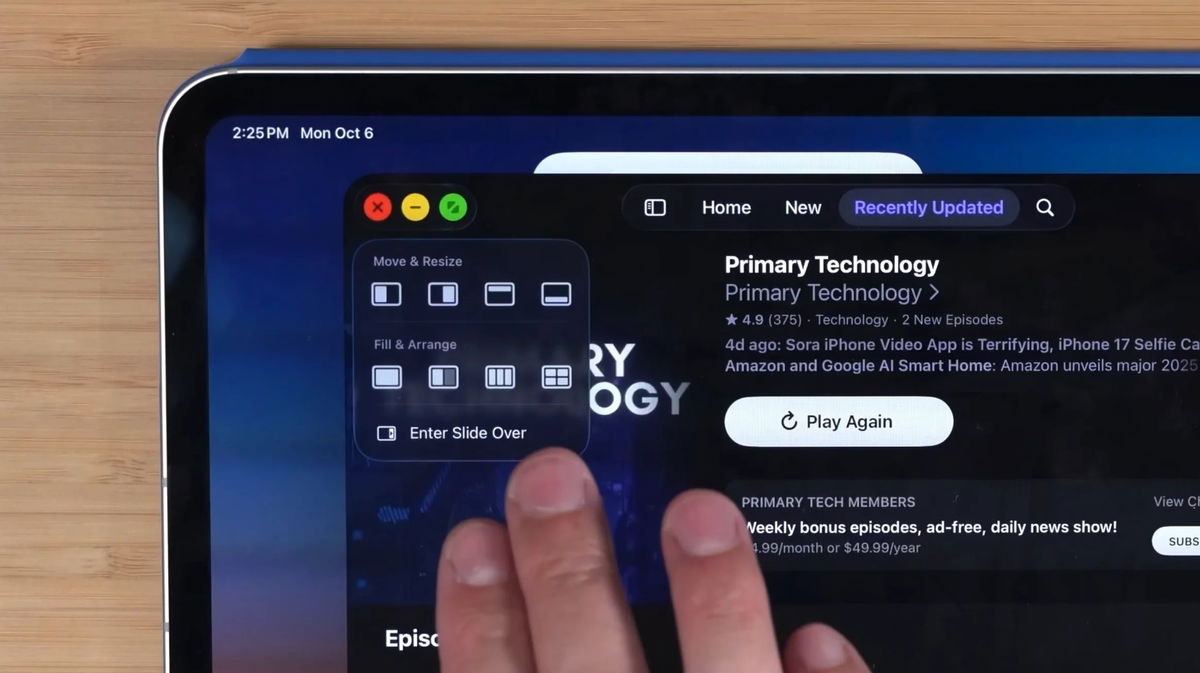The Massachusetts Institute of Technology (MIT) has developed a technology that promises to improve cellular coverage and could be the answer to the mobile data signal problems that many users face every day. The key to this breakthrough is a wireless receiver that can block interference, ensuring that mobile devices operate optimally even in environments with a lot of electromagnetic waves.
The problem of interference
Nowadays, our cell phones are constantly connected to the Internet via mobile data. The devices we use, such as headphones, speakers, and smart watches, connect via Bluetooth, and in our homes and offices, various electronic devices connect via Wi-Fi. All this creates a real chaos of signals in the air, causing electromagnetic waves to become increasingly congested.
This congestion causes interference that can impact the performance of mobile devices, resulting in dropped calls, slow connections, and choppy video streams. To address this issue, MIT researchers have developed a new wireless receiver architecture called millimeter-wave MIMO (multiple input, multiple output).
Solution: MIMO systems and innovative device
MIMO systems use multiple antennas to simultaneously send and receive signals from different directions. This allows them to process large amounts of data more efficiently, improving connection speed and quality.
MIT’s big innovation in this area is a special component called a nonreciprocal phase shifter. This device can identify and suppress unwanted signals before they affect system performance. In other words, interference can be eliminated from the very beginning of the reception process.

The MIT nonreciprocal phase shifter has several advantages: it is adjustable, consumes little power, and is compact. This means it can be adapted to block interference much more effectively than current devices. According to the researchers, its receiver can eliminate up to four times more interference than other similar models. In addition, the component can be turned on and off as needed to save power.
Negar Reiskarimian, a professor in the Department of Electrical Engineering and Computer Science at MIT, explains that the frequencies used by the new 5G and 6G systems are already heavily used. Therefore, any new technology that is implemented must include systems to reduce interference. In their study, Reiskarimian and his team showed that using a non-reciprocal phase shifter in their new architecture provides better performance even when using the same integrated platform as others.
How does interference blocking work?
Digital MIMO systems consist of two main parts: analog and digital. The analog part uses antennas to capture signals. These signals are amplified, converted to lower frequencies, and then converted into digital data for processing by the device.
The problem occurs when a very strong interfering signal reaches the receiver from another direction while an important signal is being received. This interference can overload the amplifier, causing the signal we really want to hear to be lost or degraded.
To solve this problem, the MIT team installed four non-reciprocal phase shifters immediately after the first amplifier in each receiving chain. These phase shifters are able to identify the source of interference and adjust their phase to eliminate it. This means they can eliminate unwanted signals before they reach the rest of the receiver, ensuring that the important signal remains clear and unaltered.

In addition to being customizable, MIT’s non-reciprocal phase shifter design takes up less space on the chip and consumes less power than traditional phase shifters. This improvement not only simplifies use on mobile devices, but also ensures that the receiver can operate efficiently without draining the device’s battery.
The Future of New Technologies from MIT
In the future, the MIT researchers plan to scale their device to larger systems and enable it to operate at new frequencies used by 6G wireless devices. These frequencies are particularly susceptible to strong interference from satellites, making the MIT technology even more important. They are also exploring the use of nonreciprocal phase shifters in other applications, thereby expanding the impact of this innovative technology.
The development of MIT’s millimeter-wave MIMO receiver represents a major advance in wireless technology. By effectively blocking interference and improving signal quality, the device promises to change the way people interact with mobile devices, making lost coverage and poor connections a thing of the past.
Source: Digital Trends













